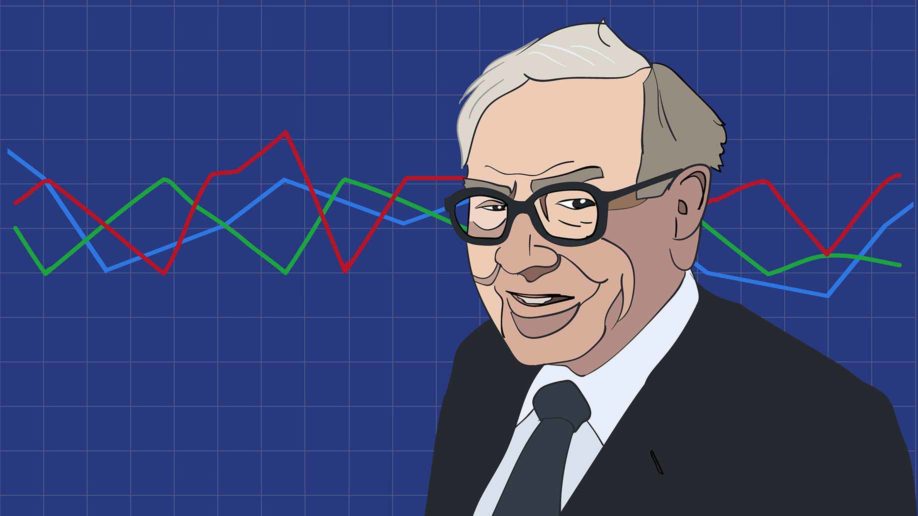 Atlantic Magazine asserts that Millennials are the “best-educated generation in American history,” with more than a third holding a bachelor’s degree or higher. Nevertheless, they may become the first generation of Americans to be worse off than their parents, with lower incomes, more debt, and higher poverty rates.
Atlantic Magazine asserts that Millennials are the “best-educated generation in American history,” with more than a third holding a bachelor’s degree or higher. Nevertheless, they may become the first generation of Americans to be worse off than their parents, with lower incomes, more debt, and higher poverty rates.
To succeed, Millennials will need some major preparation, especially considering the world around them is changing constantly. This article will answer three questions that are critical to the success of every Millennial:
- Which obstacles will this generation face during their careers?
- Who can Millennials trust for financial advice?
- What are the most important, time-tested strategies for building wealth?
Millennials Face Mounting Challenges
The challenges facing young people born between 1976-1996 are unlike those faced by any previous generation. The workplace of this generation has drastically changed from the one encountered by their grandparents and parents:
Slower Economic Growth
For the working careers of most Millennials (2010-2060), economic growth measured by gross domestic product (GDP) will average 2.08% annually, according to projections by the Organization for Economic Co-operation and Development (OECD). This rate is less than half the rate of GDP growth of 6.86% experienced in the previous half-century (1960-2010) calculated from figures supplied by the Federal Reserve Bank of St. Louis.
Increased Skill Requirements
Physical work requiring little to no formal training is quickly disappearing as intelligent machines assume more of the tasks formerly done by humans. According to figures compiled by the Brookings Institute, the manufacturing sector’s share of GDP accounted for 12.1% of annual real GDP during the period 1960-2010, while its proportion of the workforce fell from approximately 25% to 8.8%.
Expanded Workplace Automation
Routine tasks are increasingly becoming mechanized. Some experts found that 47% of workers in America had jobs at high risk of automation. The jobs at risk include taxi and delivery drivers, receptionists, programmers, telemarketers, and accountants.
Reduced Employee Benefits
Defined contribution retirement plans have replaced defined benefit plans (pensions), while more employers are transferring health care costs to employees in the form of higher insurance premiums, co-pays, and limited coverages.
Extended Nontraditional Employment
Contract labor is replacing employees as companies seek to lower fixed costs and increase flexibility. One report estimates that more than 40% of the American workforce – 60 million workers – will be self-employed as freelancers, contractors, or temporary employees by 2020.
Escalated Income Inequality
The historical link between productivity and pay is disappearing, exacerbating the disparity between the “haves” and “have-nots.” In 1970, almost two-thirds of Americans were considered middle class, reflecting the link between productivity and pay between 1948 and 1973. Although productivity has continued to increase, about half of American families were considered “middle class” in 2014, according to the Pew Research Center. Rising income inequality is likely here to stay.
Fragile Social Programs
The survival of social safety nets, such as Social Security and Medicare is uncertain as Federal and local governments wrestle with unprecedented national debt levels. Simply put, neither Social Security nor Medicare is guaranteed for future beneficiaries without significant changes in the programs.
Eugene Steeple of the Urban Institute predicts that Millennials are likely to experience cuts in benefits for themselves and their children, higher taxes, and reduced government services. This is partially a consequence of financing much of America’s growth and increased standard of living during the last 50 years with borrowed funds. According to Pew Research, most American households are vulnerable to financial disaster:
1. Family Income Is Increasingly Volatile. More than 40% of families experience an income gain or drop of more than 25% every two years. While drops and gains have balanced out in recent years (about the same number increasing income as those losing income), only two-thirds of those families suffering a drop recover their previous income level within the next decade.
2. Emergency Savings Are Virtually Nonexistent. Most households (75%) lack sufficient emergency funds to replace their income for a 30-day period. The top quarter of households have savings to cover just 52 days of income. Liquidating their investments and retirement funds would increase this to an estimated 98 days of protection. In other words, three-quarters of American families could cover only four months of their income (without selling their homes) if a major economic shock occurred.
3. Almost Half of Families Spend More Than They Earn. As a consequence, they are unable to save and rely on borrowing to make ends meet. One in 11 Americans now pays more than 40% of their income on interest and debt repayment.
In addition to an uncertain economic future, Millennials begin their working careers with greater student debt than any previous generation: $16,500 for a 1999 graduate, rising to $37,172 for a 2016 graduate. In other words, the average Millennial graduate is shackled to a $23,000 ball and chain (the average debt for graduates during the period) that will impact retirement savings, homeownership, and the age of marriage and parenthood.
Read more . . .

 Warren Buffett is considered by many to be the most successful stock investor ever. Despite the occasional mistake, Buffett’s investing strategies are unrivaled. In 1956, at age 26, his net worth was estimated at $140,000. MarketWatch estimated his net worth at the end of 2016 to be $73.1 billion, an astounding compound annual growth rate of 24.5%. By contrast, the S&P 500 has grown at an average rate of 6.79% and most mutual funds have failed to equal the annual S&P 500 return consistently.
Warren Buffett is considered by many to be the most successful stock investor ever. Despite the occasional mistake, Buffett’s investing strategies are unrivaled. In 1956, at age 26, his net worth was estimated at $140,000. MarketWatch estimated his net worth at the end of 2016 to be $73.1 billion, an astounding compound annual growth rate of 24.5%. By contrast, the S&P 500 has grown at an average rate of 6.79% and most mutual funds have failed to equal the annual S&P 500 return consistently.
 More than one-half of Millennials believe there will be no money in the Social Security system by the time they are ready to retire, according to a 2014 Pew Research report. “I don’t think anyone honestly expects to
More than one-half of Millennials believe there will be no money in the Social Security system by the time they are ready to retire, according to a 2014 Pew Research report. “I don’t think anyone honestly expects to 